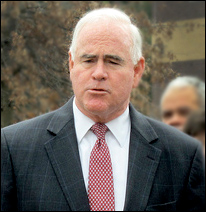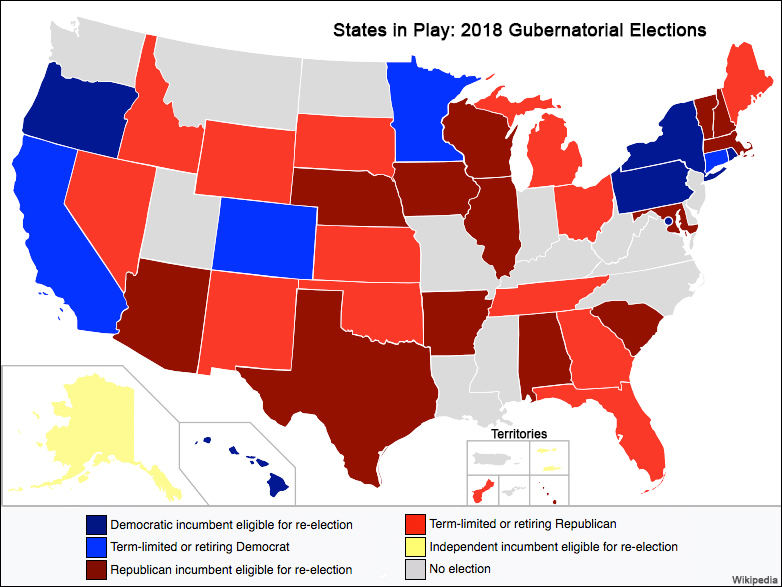By Jim Ellis
Jan. 31, 2018 — The number of House open seats continues to grow. Veteran New Jersey Rep. Rodney Frelinghuysen (R-Morristown), chairman of the House Appropriations Committee, announced Monday that he will not seek a 13th term later this year.
 Despite averaging 65.3 percent of the vote during his 12 successful elections and even winning with a healthy 58-39 percent victory margin in 2016, Rep. Frelinghuysen was considered vulnerable for 2018. Democrats have recruited at least two candidates who are pulling in strong financial resources in order to stock a large campaign war chest for a presumed political battle in what is always a very expensive state.
Despite averaging 65.3 percent of the vote during his 12 successful elections and even winning with a healthy 58-39 percent victory margin in 2016, Rep. Frelinghuysen was considered vulnerable for 2018. Democrats have recruited at least two candidates who are pulling in strong financial resources in order to stock a large campaign war chest for a presumed political battle in what is always a very expensive state.
The Dems say this district is changing because Hillary Clinton came within one percentage point of carrying it (49-38 percent) in the 2016 presidential campaign. Still, her performance here pales in comparison to a 55-41 percent Garden State win, and even though the district became close in the presidential contest, it has yet to fall to a Democratic candidate.
Yesterday, we covered the Ohio political situation as being potentially favorable to Republicans. Conversely, the northeastern tri-state region comprised of Pennsylvania, New York, and New Jersey perhaps has even a better chance of adding a strong number of seats to the Democratic conference.






